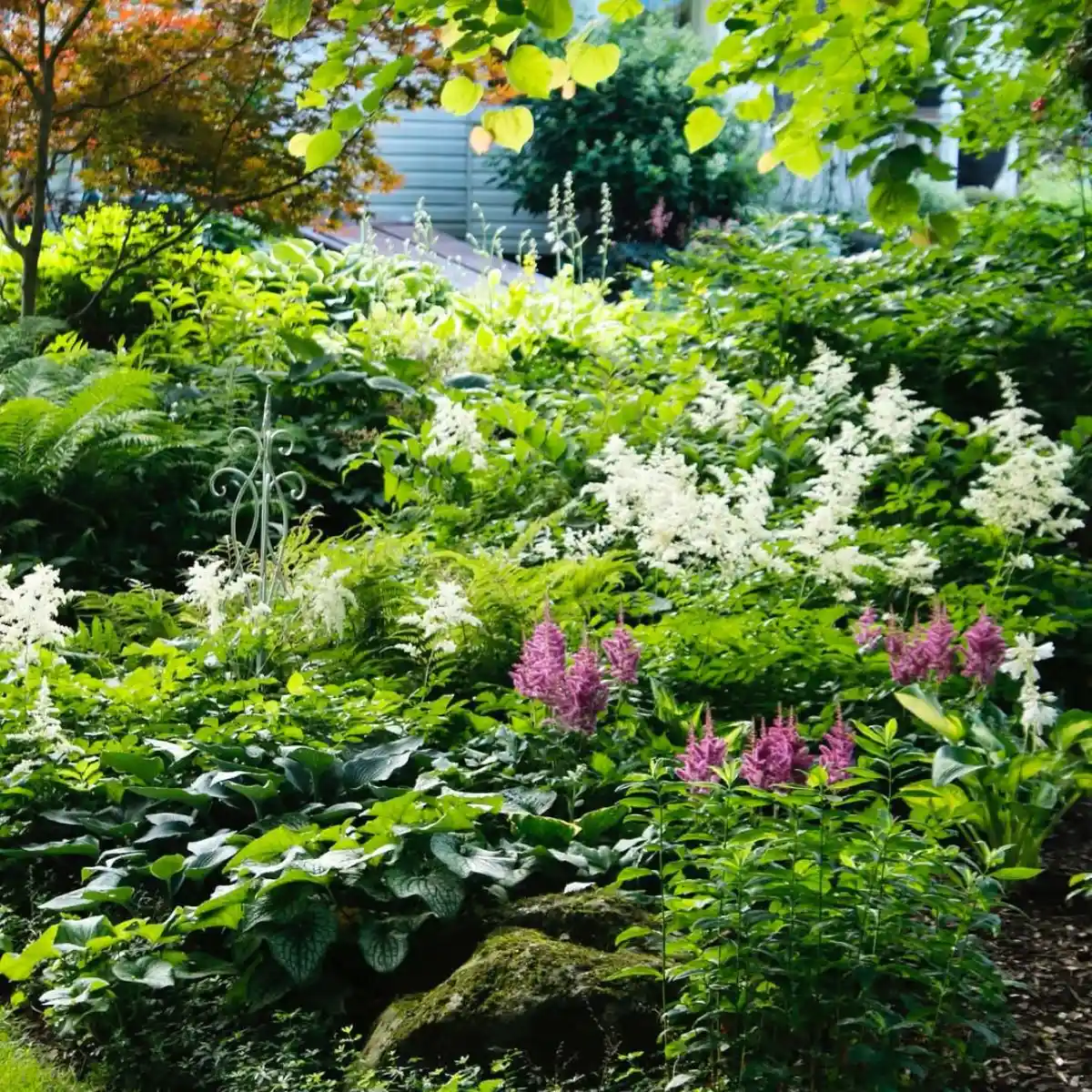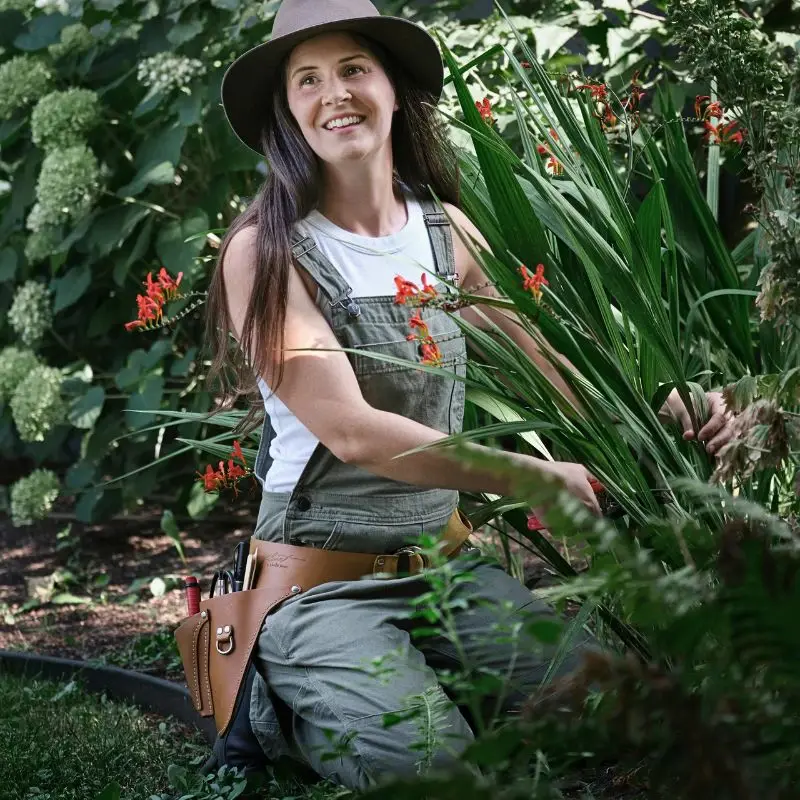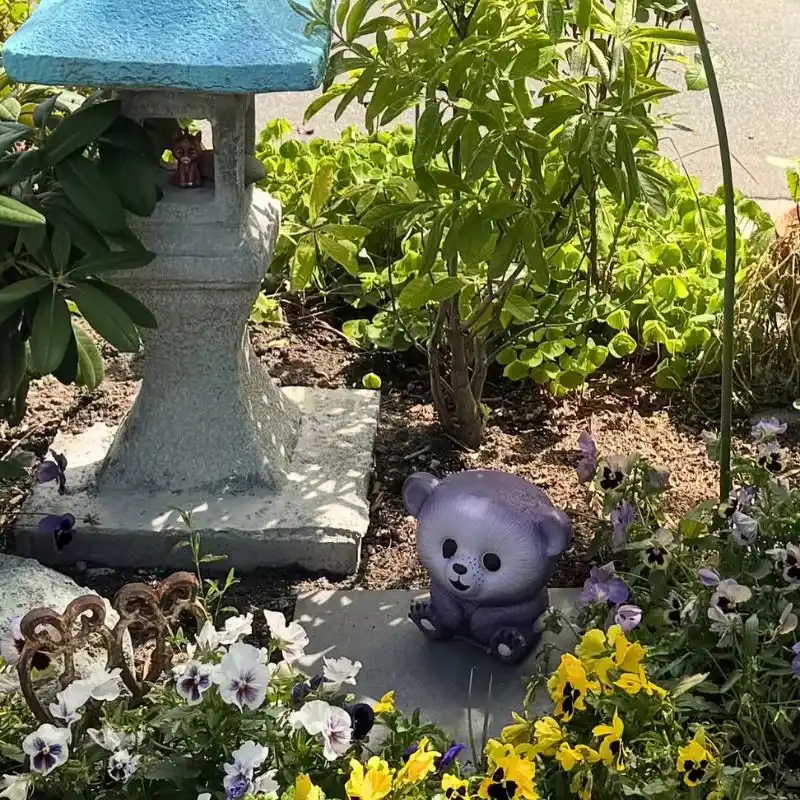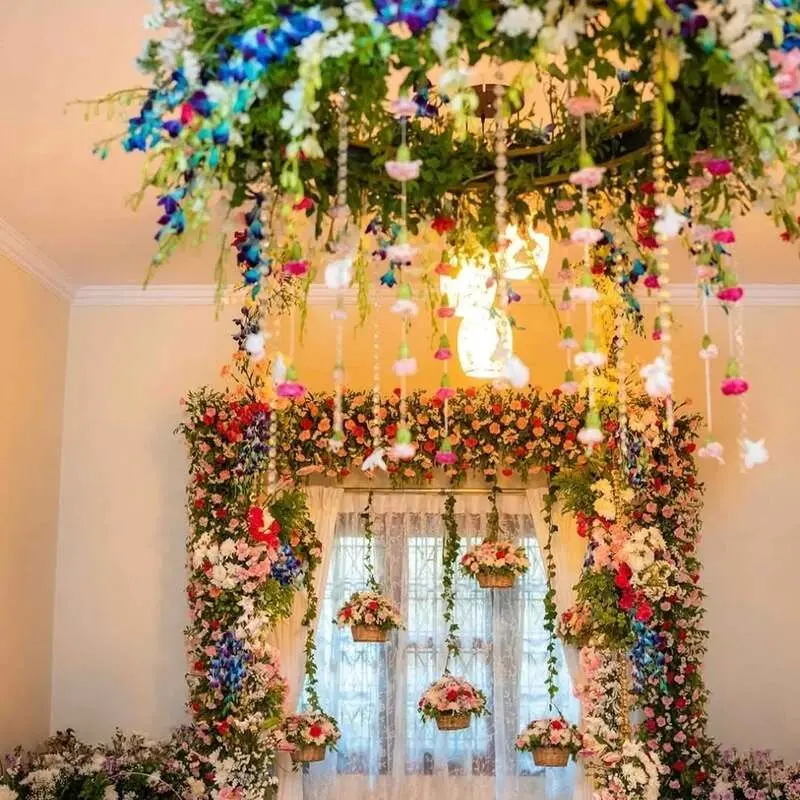Memorial gardens serve as places of solace, reflection, and remembrance, offering a tranquil setting where people can honor loved ones. Incorporating diverse plant varieties can profoundly impact the beauty and functionality of these sacred spaces.
From enhancing visual appeal to promoting biodiversity and resilience, a mix of plants brings multiple benefits that enrich both the environment and visitors' experiences.
Whether it’s attracting wildlife or fostering cultural connections, integrating various plant species enhances the overall atmosphere and emotional value of memorial gardens.
Let’s explore ten key reasons why this approach is so beneficial.

10 Reasons Why Memorial Gardens Benefit From Diverse Plant Varieties
1. Enhanced Beauty
Enhanced beauty is the most immediate benefit you’ll notice in a memorial garden with diverse plants. Different colors and shapes create a rich tapestry that’s pleasing to the eye. Each plant adds its unique touch to the overall aesthetic, making the space feel alive and vibrant.
Gardens like Christ The King Cemetery in Newark, the newest Archdiocesan cemetery in the city, utilize this strategy effectively. They blend various plants to form tranquil yet visually striking environments that invite reflection and peace. This landscape variety not only enhances beauty but also resonates deeply with visitors seeking solace, which is something money can’t buy.
2. Seasonal Interest
Seasonal interest is a key advantage of having a diverse array of plants in a memorial garden. Different species bloom at various times throughout the year, ensuring the garden remains vibrant and beautiful regardless of the season. In spring, you might see tulips and daffodils bursting with color, while summer could bring roses and lilies into full display.
Come autumn, the foliage changes to warm hues, and winter offers evergreens or even late-blooming flowers like hellebores. This constant rotation keeps the garden engaging and provides visitors with fresh experiences every time they visit.

3. Attracting Wildlife
Diverse plant varieties in a memorial garden play a significant role in attracting wildlife, which adds another layer of serenity and life to the space. Different plants provide food, shelter, and breeding grounds for various species of birds, butterflies, and bees.
This not only enhances the ecological balance but also brings an ever-changing spectacle of nature into the garden. Watching colorful butterflies flit from flower to flower or listening to birdsong can be profoundly calming for visitors. The presence of wildlife creates a dynamic environment that fosters a deeper connection between people and nature during their visits.
4. Reducing Pests
Reducing pests is a compelling reason to incorporate diverse plants in a memorial garden. By introducing different types of plants, you create a balanced ecosystem that naturally deters harmful insects. Many plants release chemicals or have physical attributes that repel pests.
Additionally, a varied landscape attracts beneficial insects like ladybugs and predatory wasps, which keep pest populations in check. This natural pest control method reduces the need for chemical pesticides, making the garden safer for both wildlife and human visitors. A well-balanced garden can maintain its health and beauty with minimal intervention.
5. Soil Health Improvement
Soil health improvement is a significant benefit of planting diverse plant varieties in a memorial garden. Different plants have varying root structures and nutrient needs, which helps to enrich the soil over time. Deep-rooted plants break up compacted soil, improving aeration and water infiltration, while shallow-rooted species enhance the topsoil's structure.
Some plants even add essential nutrients back into the soil through their natural processes. This dynamic interaction fosters a healthier, more resilient growing environment for all plants in the garden. Improved soil health translates to more robust and vibrant plant life.

6. Climate Resilience
A diverse array of plants enhances a memorial garden's climate resilience. Different plant species have varying tolerances to weather conditions such as drought, heat, frost, and rainfall.
By cultivating a mix of plants, you ensure that some will always thrive, even when others struggle under adverse conditions. This diversity helps the garden maintain its beauty and ecological balance throughout the year. Additionally, resilient plants can stabilize the soil and reduce erosion during extreme weather events.
The result is a more sustainable and enduring garden that can adapt to changing climatic conditions while still providing a peaceful sanctuary for visitors.
7. Cultural Significance
Incorporating diverse plant varieties in a memorial garden can add profound cultural significance. Different plants often hold unique meanings and associations within various cultures, religions, and traditions. By including plants that resonate with the heritage of the people visiting the garden, you create a more inclusive and meaningful space.
For example, cherry blossoms might evoke nostalgia for Japanese visitors, while marigolds could have special significance for those from Latin American backgrounds.
This cultural connection not only enhances the emotional impact of the garden but also fosters a sense of belonging and respect among its visitors, making it a place where diverse communities can feel represented and honored.
8. Environmental Stewardship
Adopting diverse plant varieties in a memorial garden exemplifies environmental stewardship. Native plants, in particular, are well-suited to local conditions and require fewer resources such as water, fertilizers, and pesticides. This sustainable approach fosters a healthier ecosystem by supporting local wildlife and reducing the carbon footprint.
Additionally, a varied plant palette helps mitigate soil erosion and maintain biodiversity. These practices demonstrate a commitment to preserving the environment for future generations while offering a serene space for remembrance. By prioritizing sustainability, memorial gardens become not just places of reflection but also models of ecological responsibility.

9. Educational Opportunities
Diverse plant varieties in a memorial garden open up rich educational opportunities for visitors. The range of species provides a living classroom where people can learn about botany, ecology, and horticulture. Informational plaques or guided tours can highlight the unique characteristics and benefits of each plant. This educational aspect enhances the visit by fostering curiosity.
Children and adults alike can gain insights into sustainable gardening practices, environmental conservation, and the importance of biodiversity. By turning a place of remembrance into an educational hub, you offer value to the community while honoring those who have passed.
10. Personalization Options
Diverse plant varieties in a memorial garden allow for greater personalization options, making the space uniquely meaningful. Families can choose plants that have special significance to their loved ones, such as a favorite flower or a tree symbolizing life and continuity.
This personal touch adds emotional depth to the garden, creating a more intimate connection for visitors. Personalized plantings can also commemorate cultural heritage or significant life events, making each section of the garden distinct and memorable. By offering these choices, you enable families to create lasting tributes that reflect individual lives and stories beautifully.
Varying Plant Life is a Great Thing for Memorial Gardens
Creating a memorial garden with diverse plant varieties is not just about beautifying a space; it's about cultivating a sanctuary rich in meaning, resilience, and ecological balance.
If you’re considering honoring a loved one or contributing to community green spaces, think about the profound impact of adding varied plant species. Your choices can create a living tribute that nurtures both the environment and the human spirit. Dive into the world of plants and watch how they transform these spaces into personal havens of peace and remembrance.










